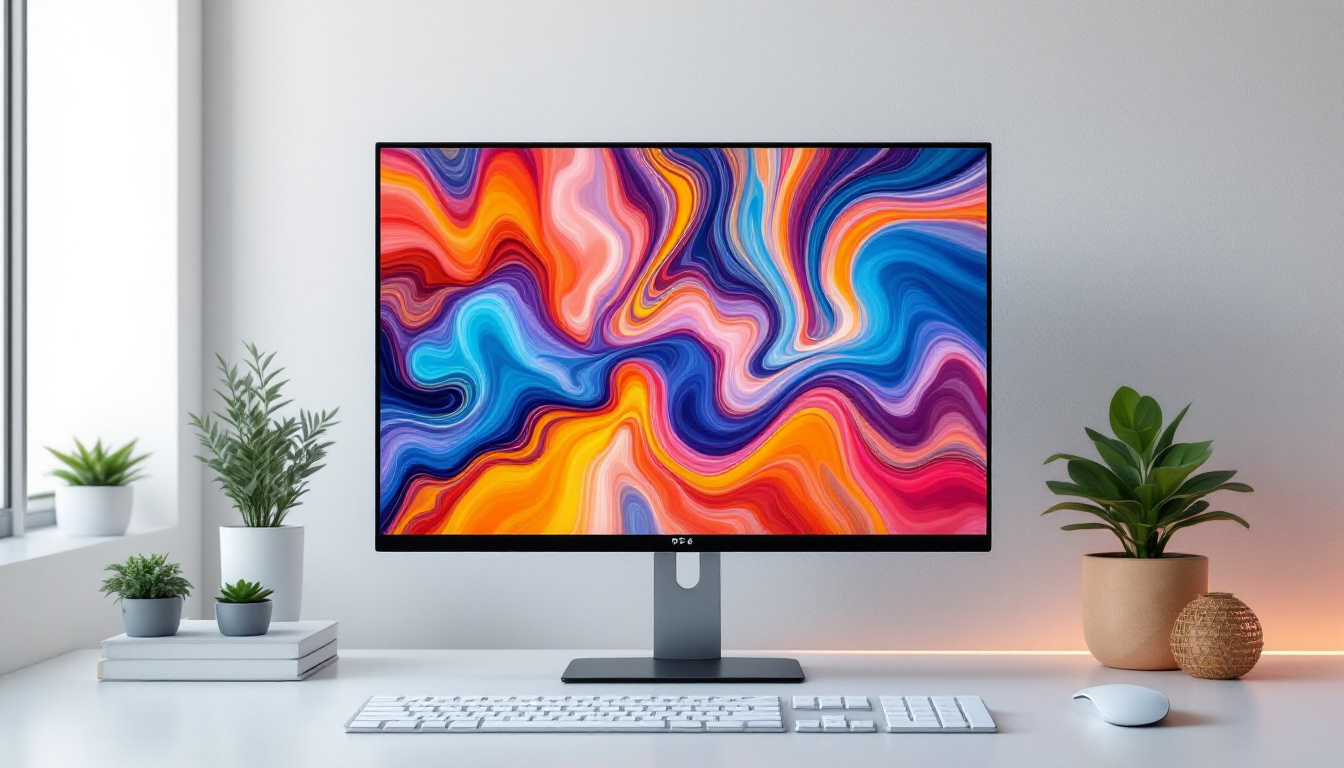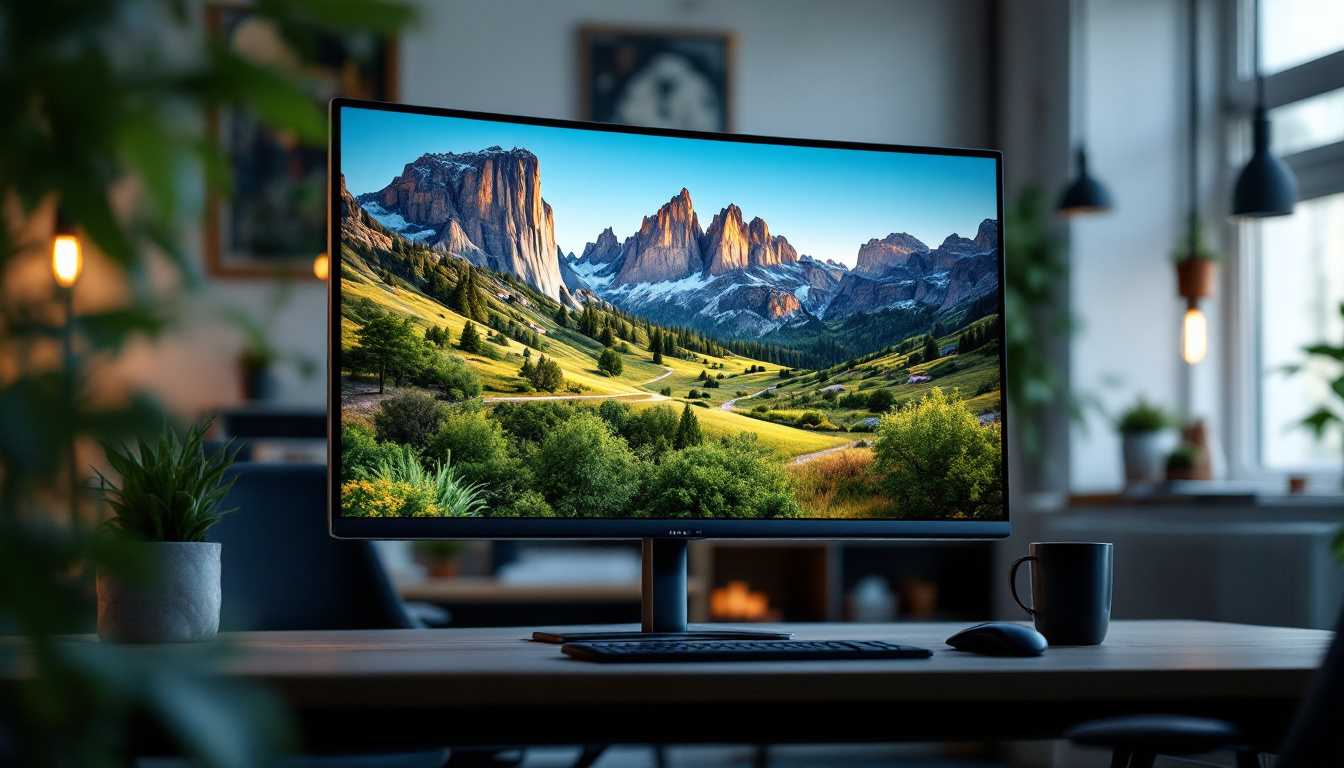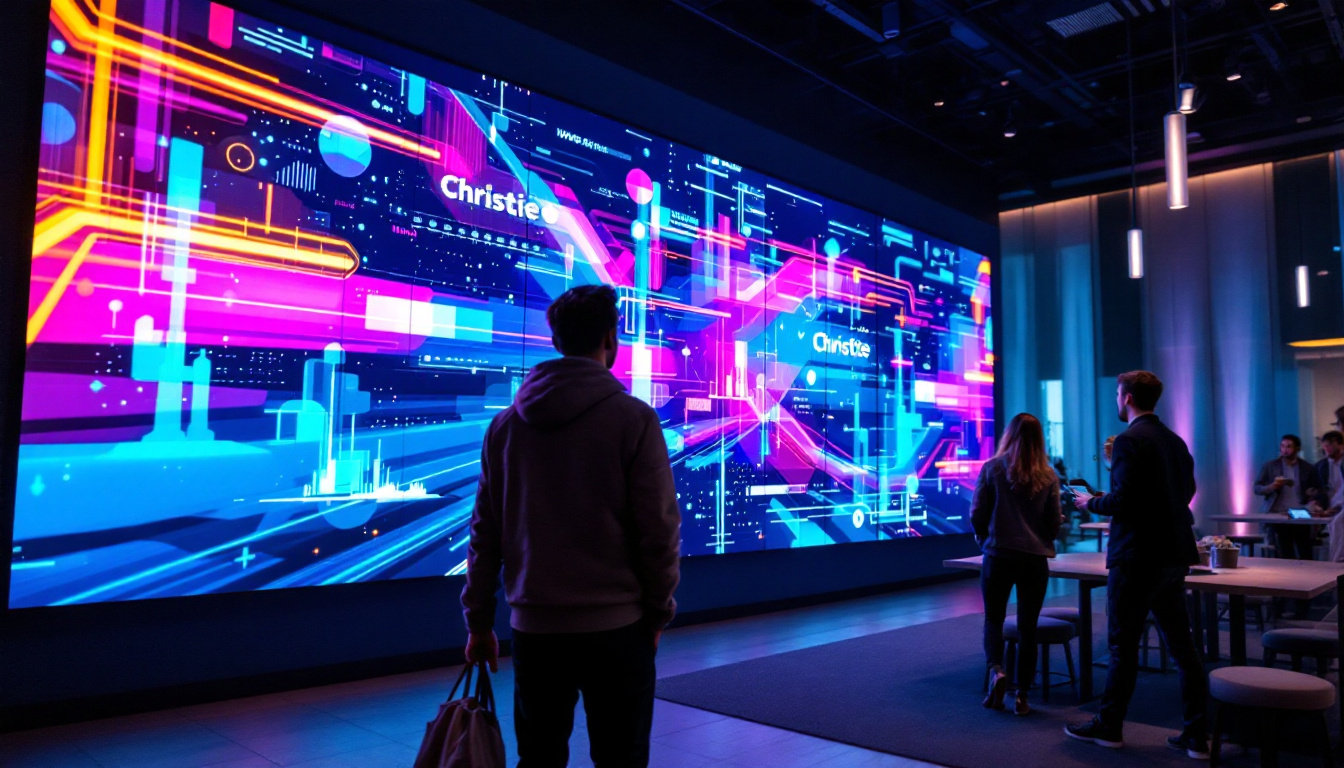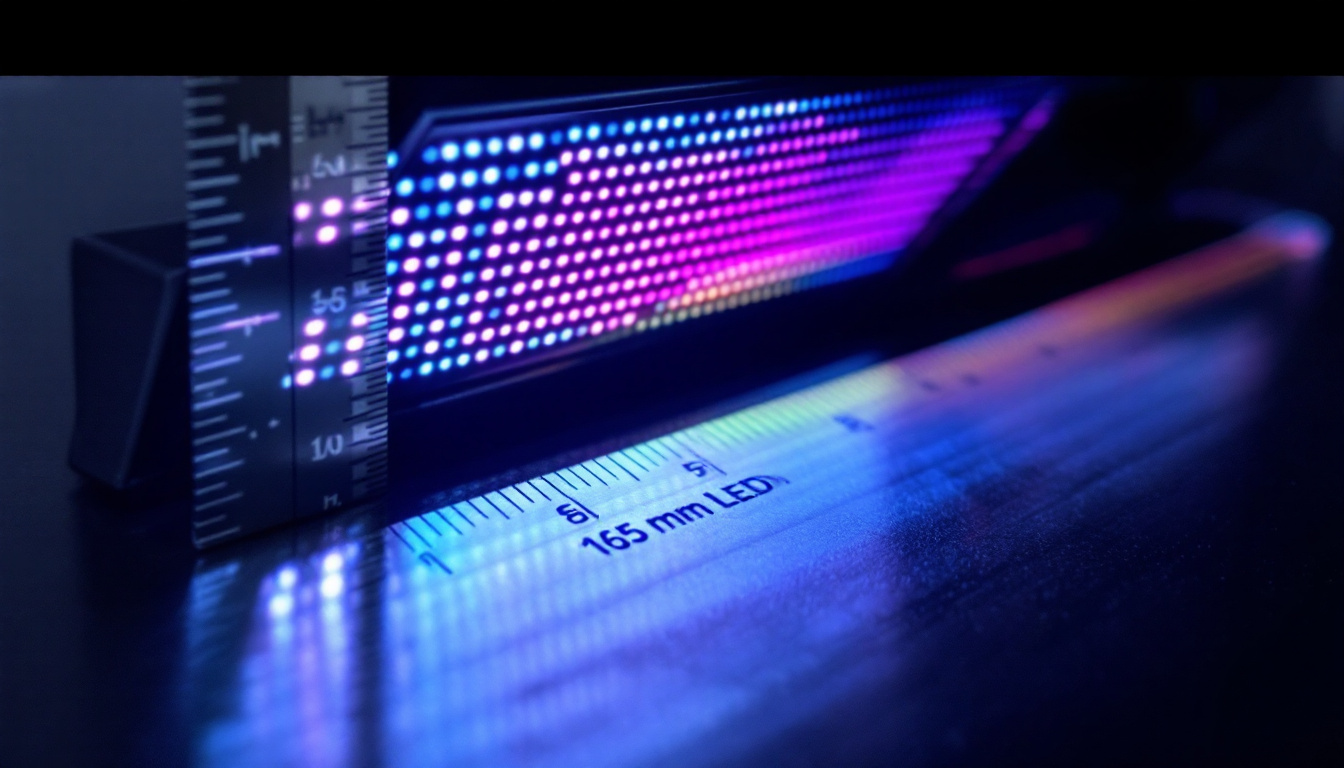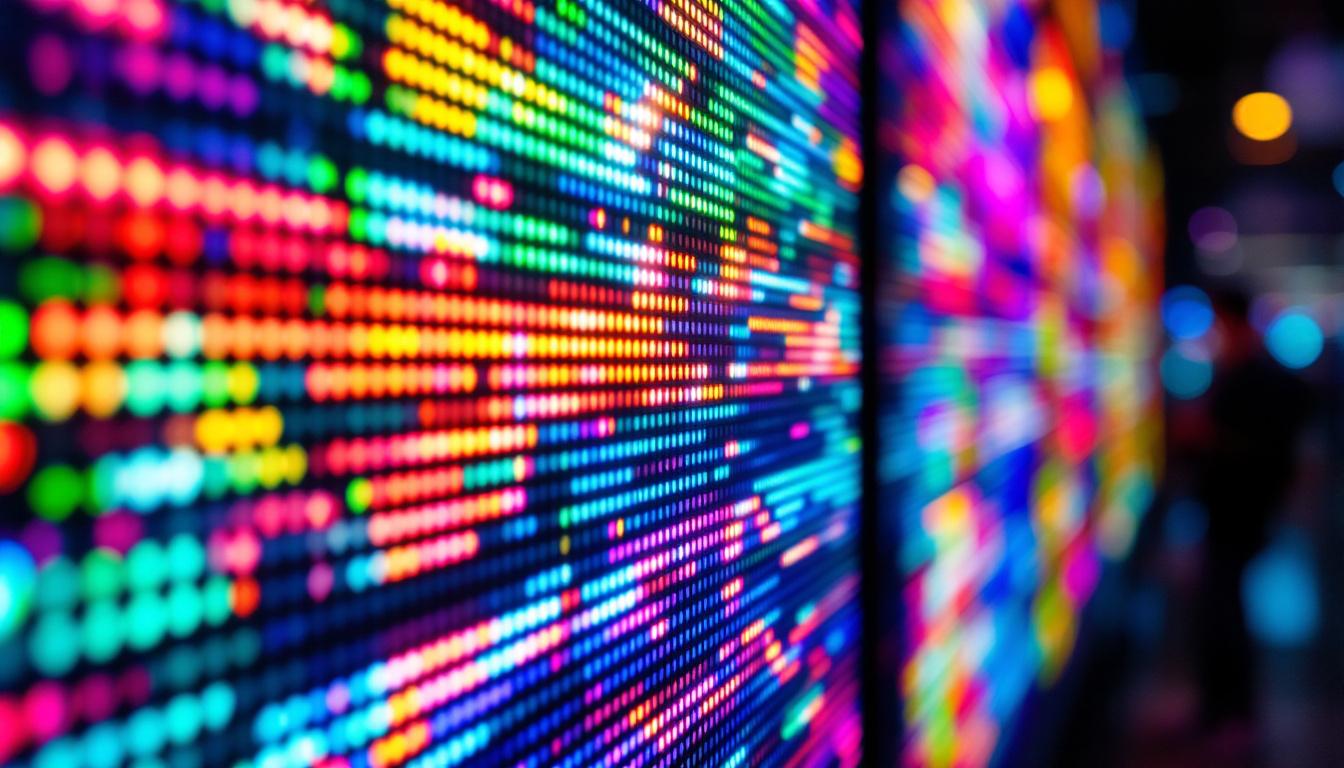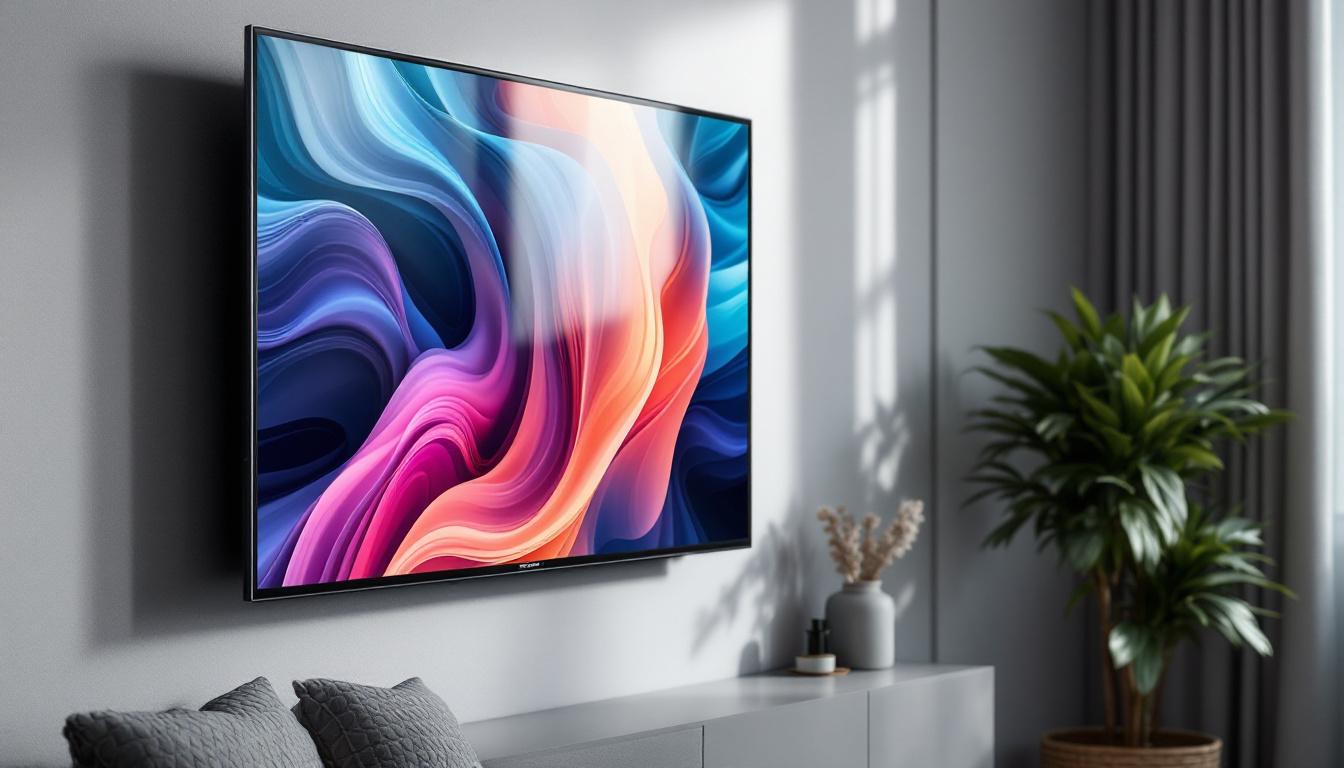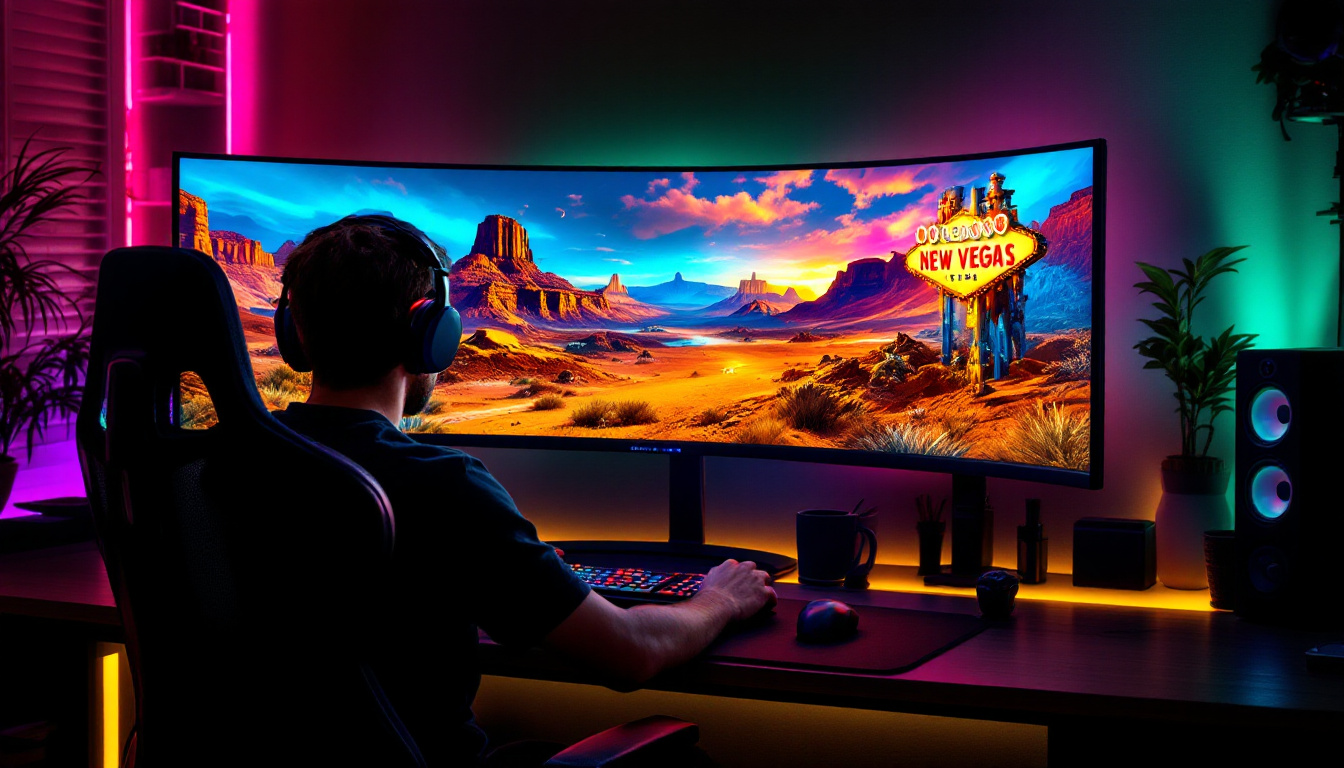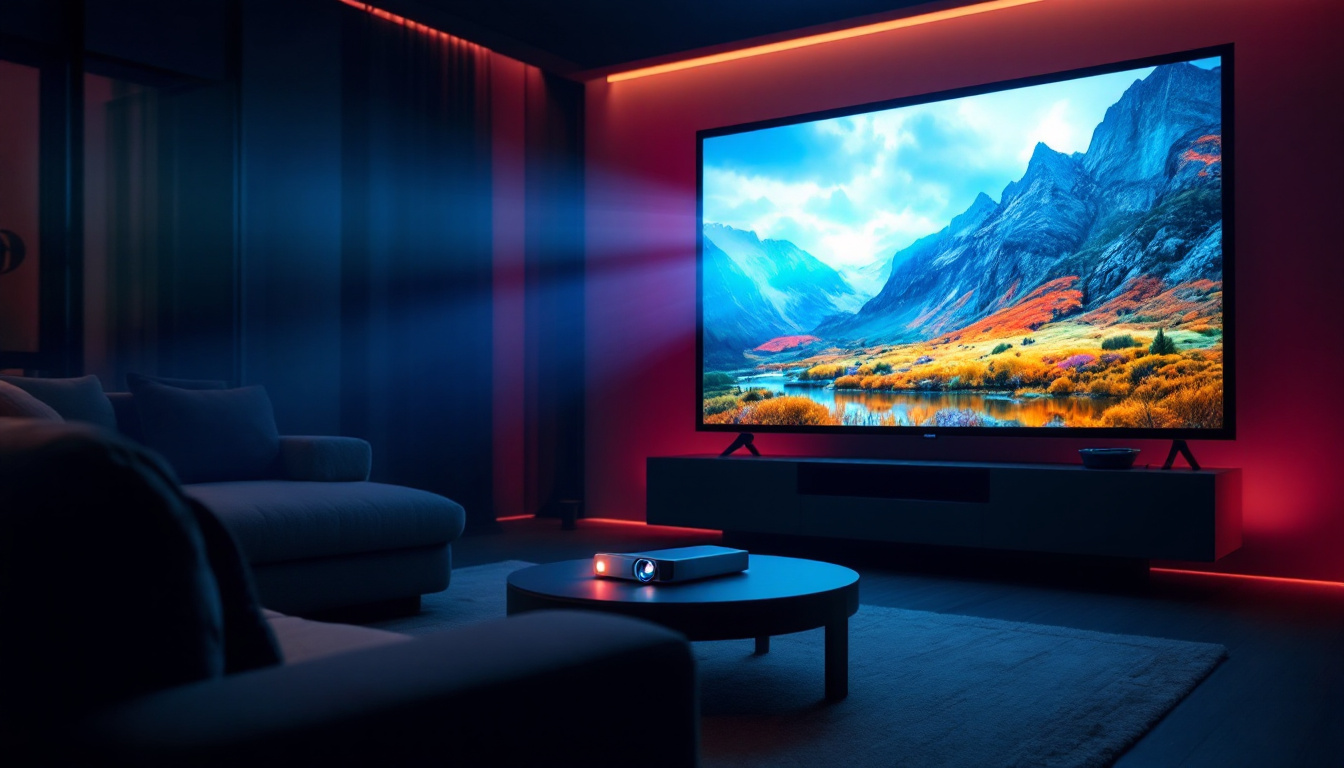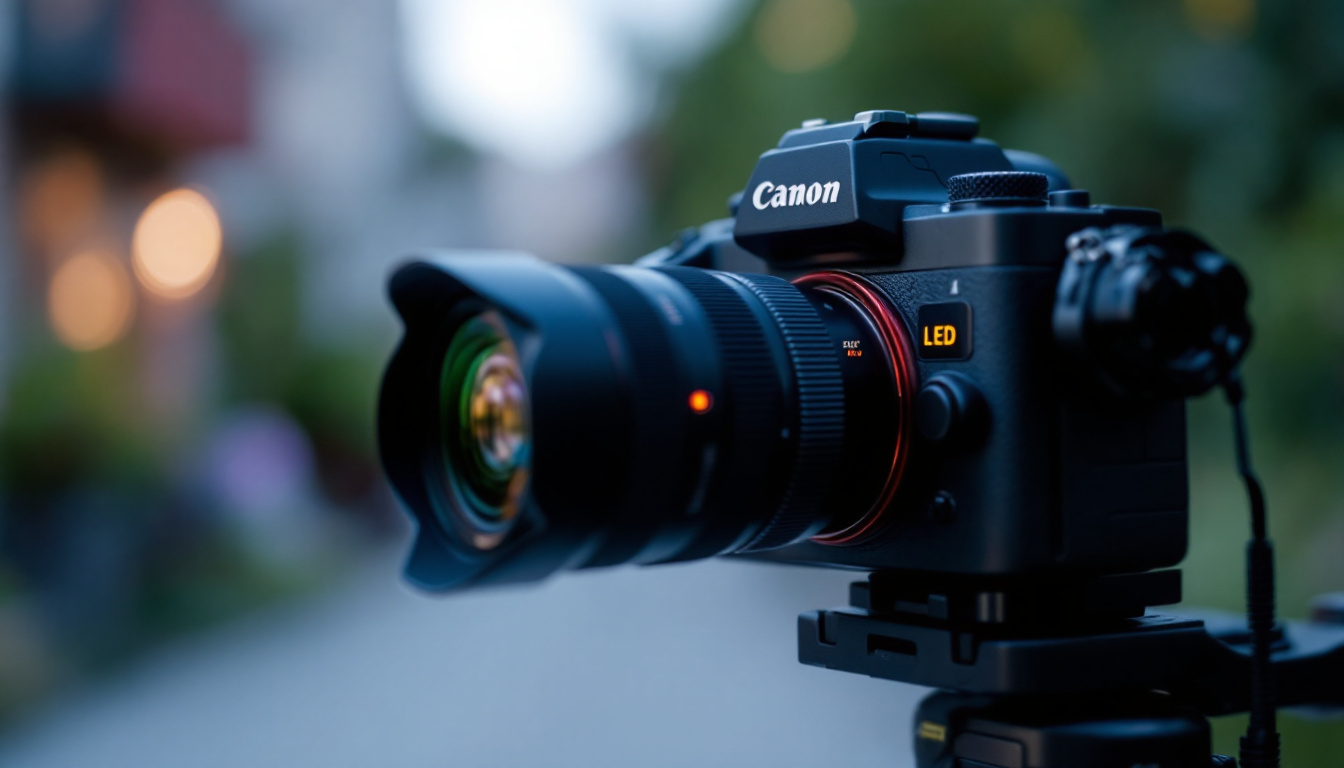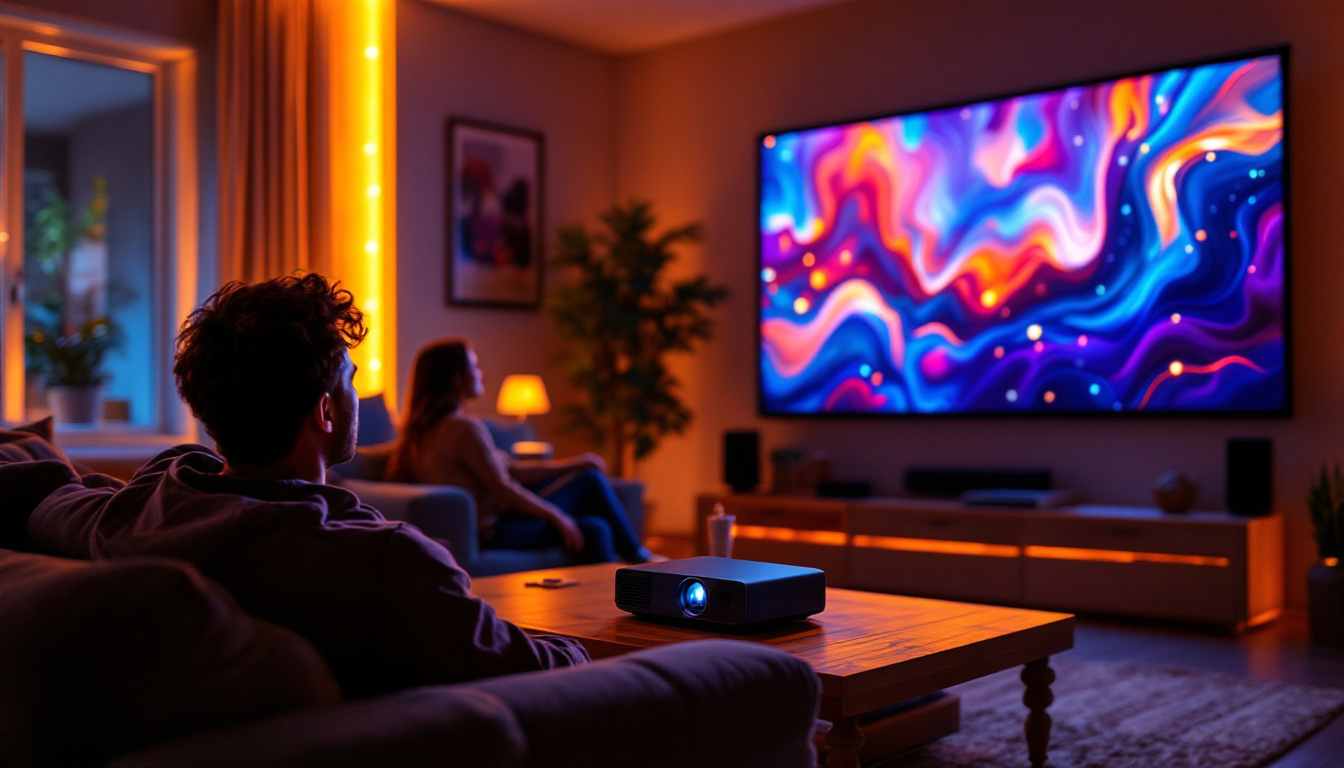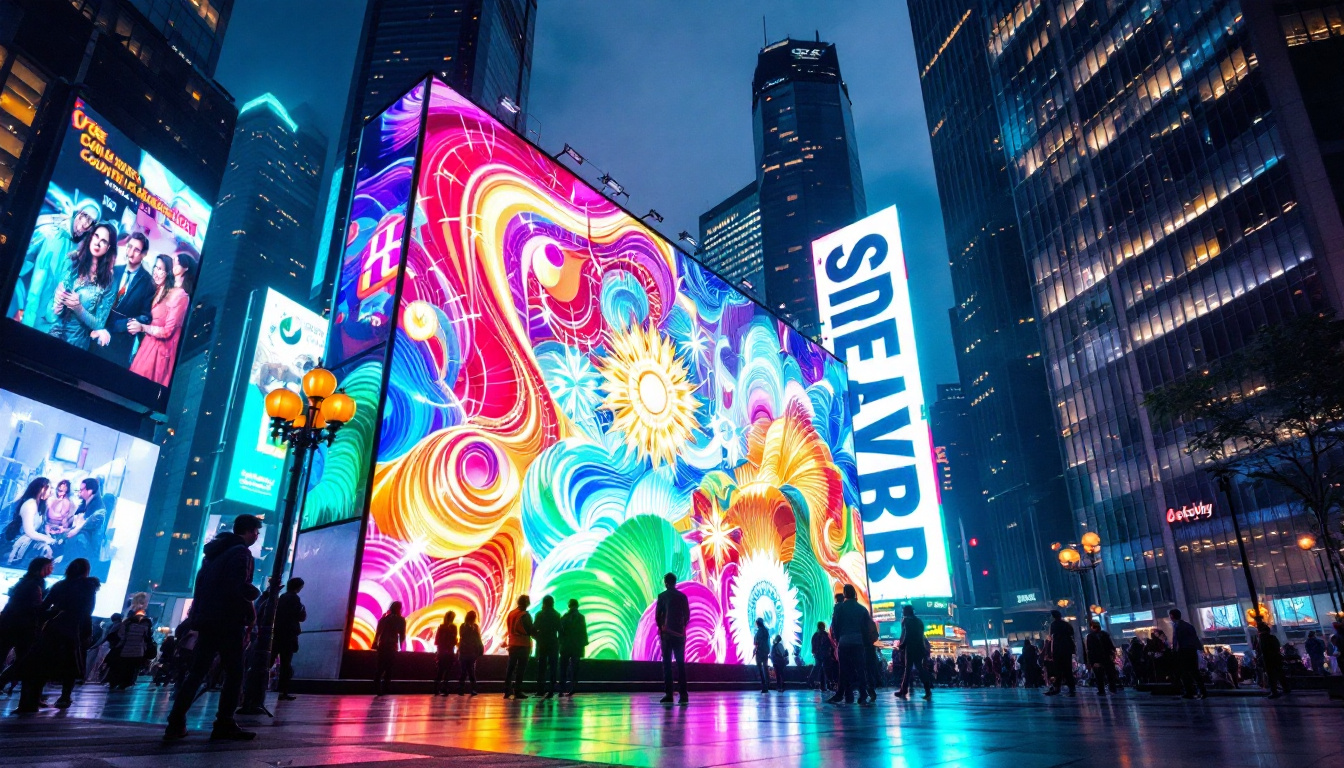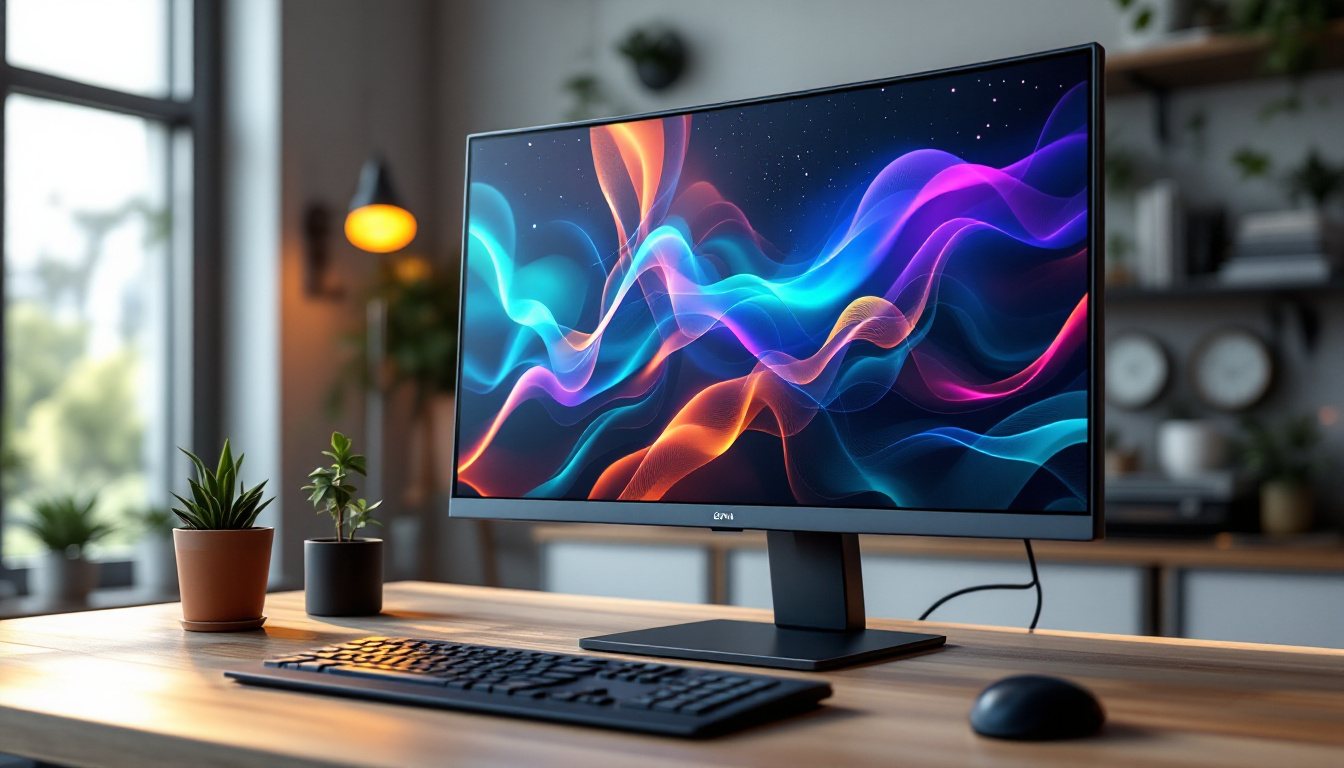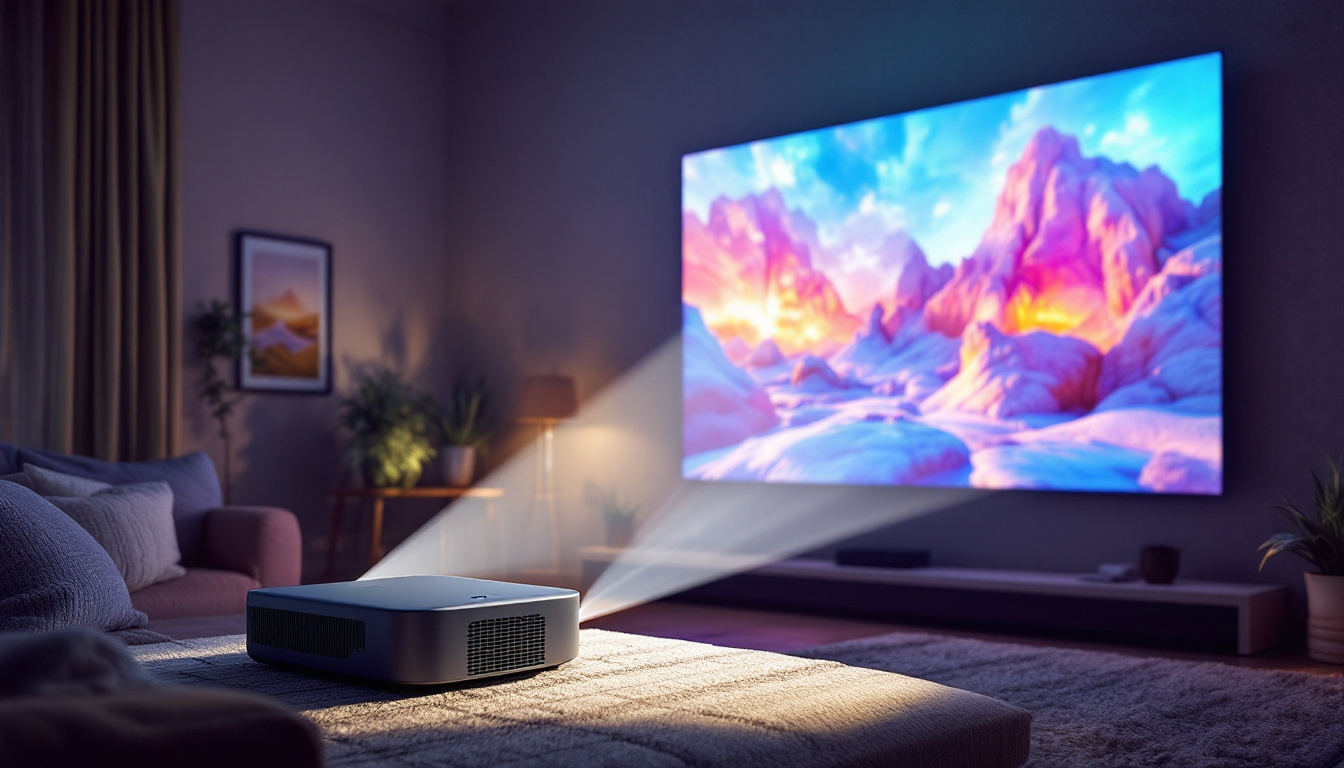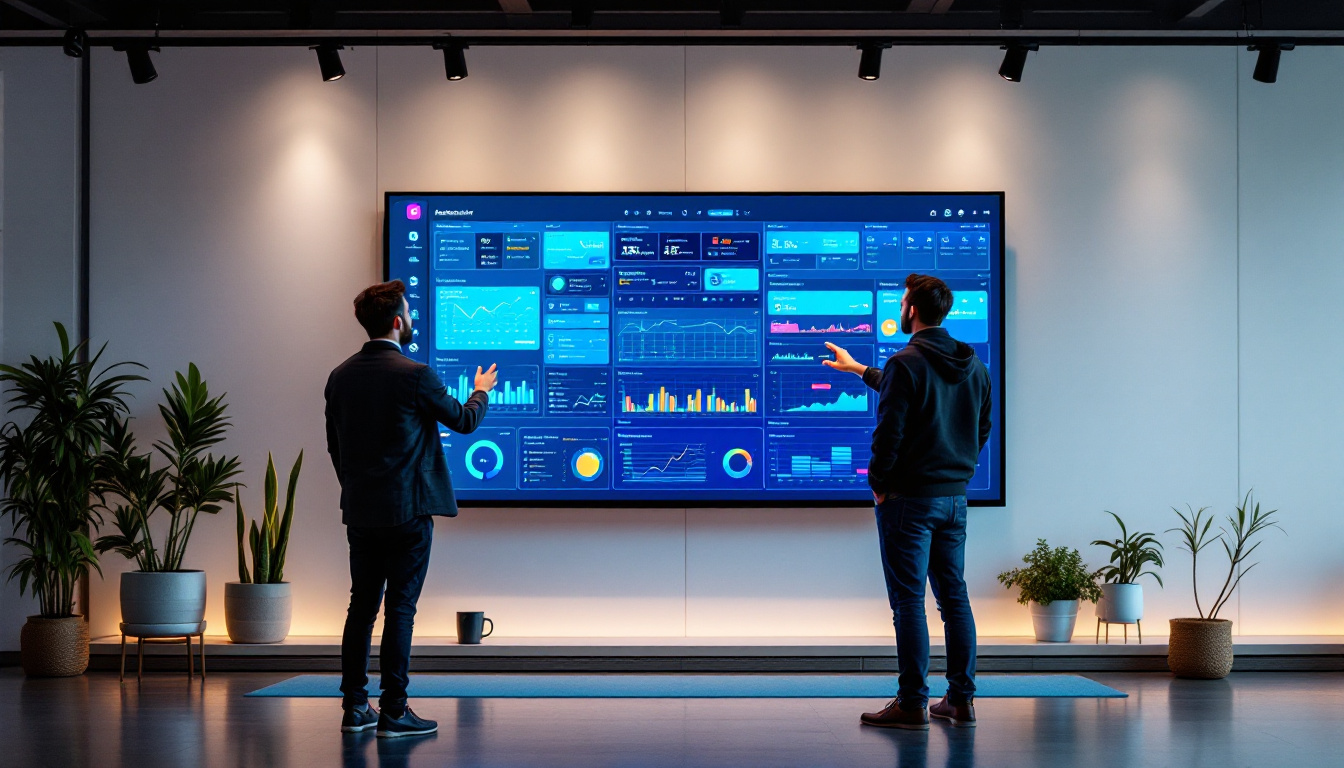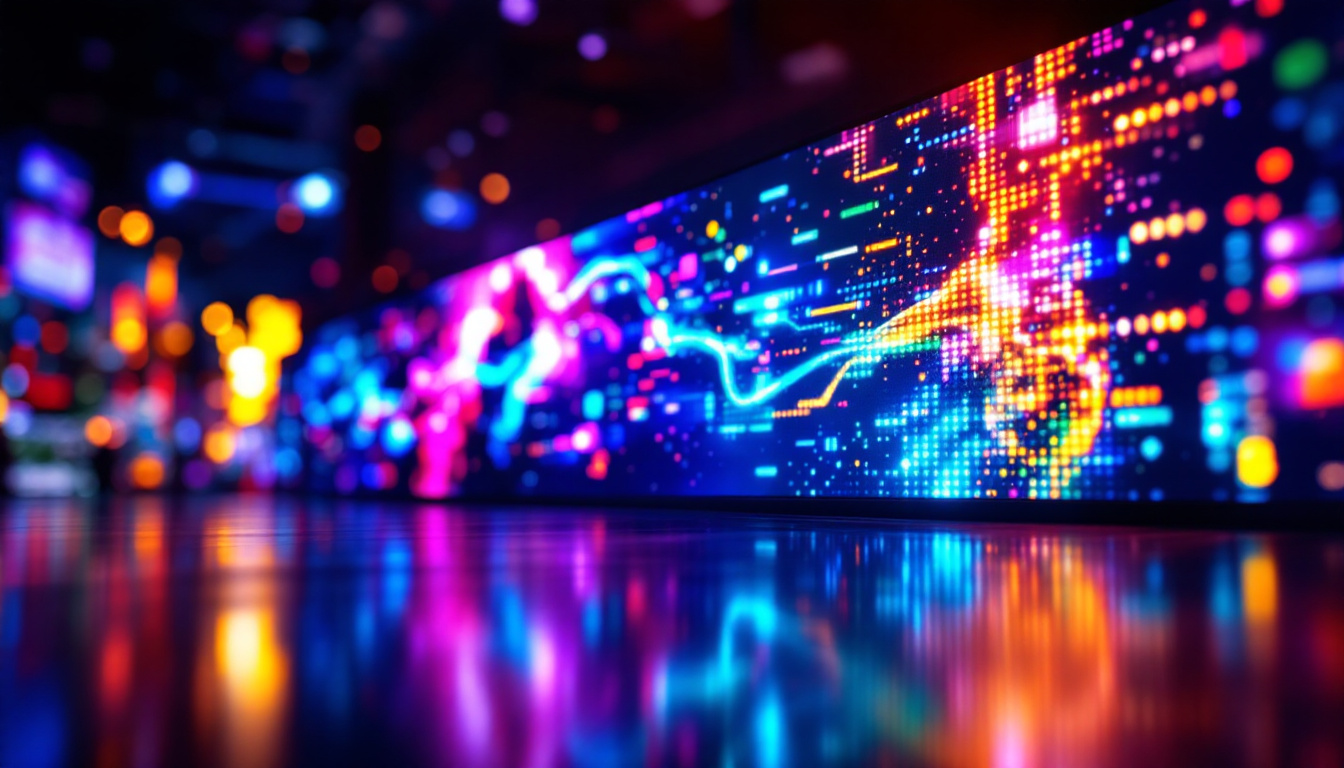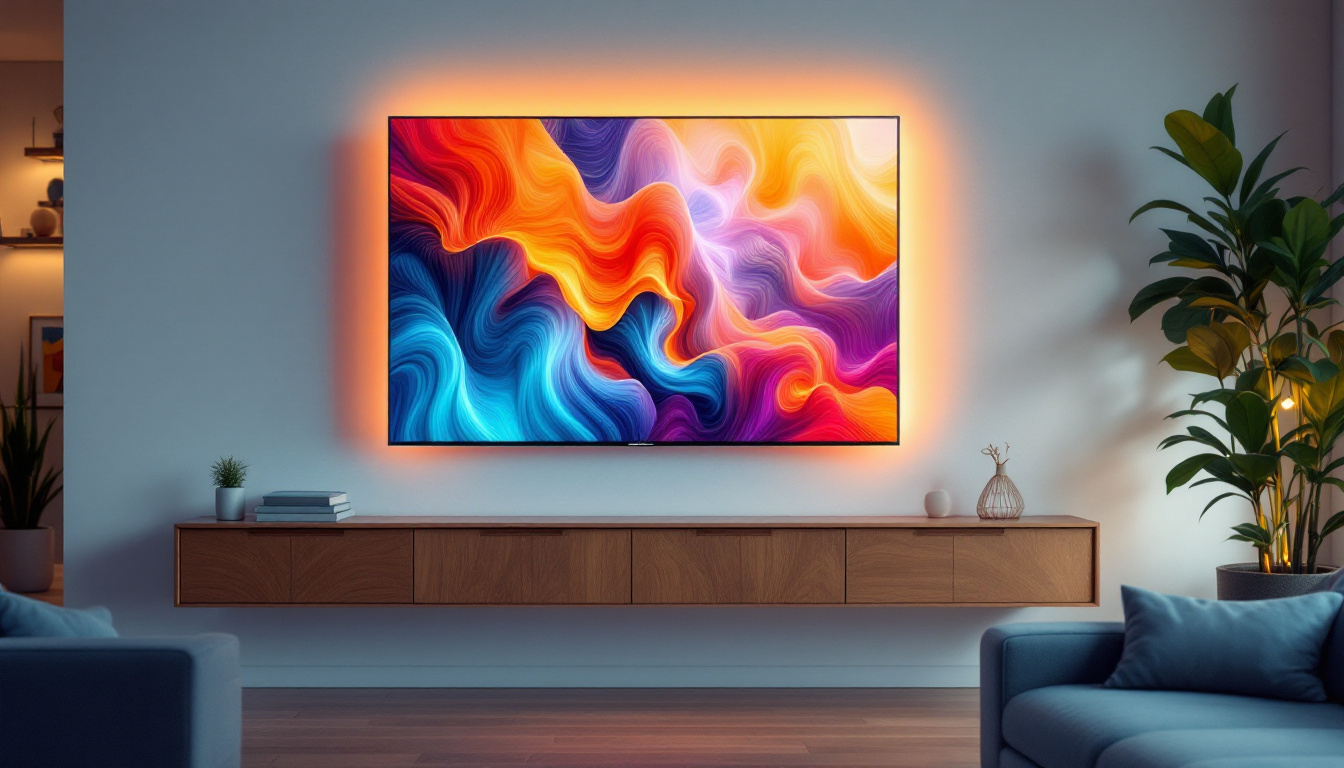In today’s fast-paced retail and service environments, kiosks have become an essential tool for engaging customers, streamlining transactions, and enhancing brand visibility. Central to the effectiveness of these kiosks is the quality and functionality of their display systems. Among the various display technologies available, LED displays stand out for their brightness, durability, and versatility. This article delves into the role of LED displays in kiosk sales, explaining their features, benefits, and how they influence customer interaction and business outcomes.
Understanding LED Displays in Kiosks
LED, or Light Emitting Diode, displays are screens that use tiny light-emitting diodes to produce images. Unlike traditional LCD or plasma screens, LED displays offer superior brightness and energy efficiency, making them ideal for kiosks that operate in diverse lighting conditions, from indoor malls to outdoor environments. This adaptability not only enhances visibility but also extends the operational lifespan of the displays, reducing the need for frequent replacements and maintenance.
LED technology has evolved significantly over the past decade. Modern LED displays used in kiosks are often modular, allowing for customization in size and resolution. This flexibility enables businesses to tailor their kiosks to specific spatial and branding needs, whether it’s a compact ticketing machine or a large-scale interactive directory. Additionally, advancements in pixel pitch technology have improved the clarity and detail of images, ensuring that even at close viewing distances, the displays maintain a crisp and professional appearance.
Types of LED Displays Used in Kiosks
There are primarily two types of LED displays commonly integrated into kiosks: direct view LED and LED-backlit LCD. Direct view LED displays consist of an array of LEDs that directly form the image, offering vibrant colors and high contrast. These are typically used in larger kiosks or outdoor settings where visibility is paramount. Their ability to perform well in direct sunlight and adverse weather conditions makes them a preferred choice for outdoor advertising and information dissemination.
On the other hand, LED-backlit LCD displays use LEDs as a backlight source behind an LCD panel. This combination provides sharp images and is generally more cost-effective, making it popular for indoor kiosks where ambient lighting is controlled. These displays can also be enhanced with features such as touch sensitivity, allowing for interactive experiences that engage users more effectively. Furthermore, the integration of smart technology into these kiosks enables real-time updates and dynamic content delivery, ensuring that the information presented is always current and relevant.
Benefits of LED Displays for Kiosk Sales
Choosing the right display technology can significantly impact kiosk sales and customer satisfaction. LED displays bring several advantages that make them the preferred choice for many businesses.
Enhanced Visibility and Engagement
One of the most compelling benefits of LED displays is their exceptional brightness and clarity. LEDs can achieve brightness levels upwards of 1,000 nits, which is essential for kiosks placed in brightly lit environments or outdoors. This ensures that promotional content, menus, or interactive elements remain visible and attractive, regardless of ambient light conditions.
Moreover, the vivid colors and high contrast ratios of LED displays capture attention more effectively than traditional screens. This visual appeal can increase dwell time, encouraging customers to interact with the kiosk and ultimately boosting sales conversions. The ability to display dynamic content, such as videos or animations, further enhances engagement, allowing businesses to tell their brand story in a captivating way that resonates with potential customers.
Durability and Longevity
Kiosks often operate in high-traffic areas and may be exposed to various environmental factors. LED displays are known for their durability, with many models rated for continuous operation and resistance to temperature fluctuations. This reliability reduces maintenance costs and downtime, ensuring that kiosks remain operational and profitable. Furthermore, the rugged construction of LED displays makes them less susceptible to damage from impacts or harsh weather conditions, making them ideal for outdoor installations.
In addition to their physical resilience, LED displays have a longer lifespan compared to traditional display technologies, often lasting over 100,000 hours. This longevity means that businesses can enjoy extended periods of use without the need for frequent replacements, allowing for better budgeting and resource allocation. The combination of durability and longevity makes LED displays a wise investment for any business looking to enhance their kiosk offerings.
Energy Efficiency and Cost Savings
Compared to older display technologies, LED displays consume less power, which is a critical consideration for businesses managing multiple kiosks. Lower energy consumption translates to reduced operational costs and a smaller carbon footprint, aligning with sustainability goals increasingly valued by consumers and companies alike.
Additionally, the energy efficiency of LED displays can lead to significant savings over time. With many municipalities offering incentives for businesses that adopt energy-efficient technologies, the initial investment in LED displays can be offset by these savings. As energy costs continue to rise, businesses that utilize LED technology will not only benefit from lower utility bills but may also enhance their reputation as environmentally responsible entities, appealing to a growing demographic of eco-conscious consumers.
How LED Displays Influence Customer Interaction
The display is the primary interface between the kiosk and the customer. Its quality and responsiveness can shape the entire user experience, influencing how customers perceive the brand and their willingness to complete transactions.
Interactive Capabilities and Touch Integration
Many LED displays used in kiosks are integrated with capacitive or infrared touch technology, allowing for intuitive and responsive user interaction. The combination of a bright, clear display with smooth touch functionality creates a seamless experience, reducing frustration and encouraging repeat use.
For example, in fast-food kiosks, customers can easily browse menus, customize orders, and make payments without assistance. This autonomy not only speeds up service but also enhances customer satisfaction. Furthermore, the ability to interact with the display can lead to increased upselling opportunities, as customers can be presented with personalized suggestions based on their selections, ultimately driving higher average transaction values.
Dynamic Content and Real-Time Updates
LED displays enable dynamic content presentation, allowing businesses to update promotions, pricing, and information in real-time. This flexibility is invaluable for seasonal campaigns, flash sales, or emergency notifications.
Research shows that digital signage with dynamic content can increase customer engagement by up to 47%, demonstrating the power of LED displays to drive sales through timely and relevant messaging. Additionally, the use of eye-catching animations and vibrant graphics can capture attention more effectively than static displays, making it easier for brands to communicate their messages and create memorable experiences. For instance, a retail store could showcase limited-time offers or new arrivals through animated content that draws customers in, enticing them to explore further and make purchases.
Moreover, LED displays can be programmed to adapt based on customer demographics or time of day, ensuring that the content is not only relevant but also tailored to the audience. This level of personalization can significantly enhance the shopping experience, making customers feel valued and understood, which in turn fosters brand loyalty and encourages repeat visits.
Considerations When Selecting LED Displays for Kiosks
While LED displays offer many advantages, selecting the right type and specifications requires careful consideration of various factors to maximize return on investment.
Resolution and Pixel Pitch
The resolution of an LED display determines the sharpness and detail of the images shown. Pixel pitch, the distance between individual LEDs, affects the viewing distance and image clarity. For kiosks viewed at close range, a smaller pixel pitch (e.g., 1.2mm to 2.5mm) is preferable to ensure crisp visuals.
Conversely, kiosks designed for viewing from several feet away can utilize displays with larger pixel pitches, which are more cost-effective without compromising perceived quality.
Size and Aspect Ratio
The physical size of the LED display should align with the kiosk’s purpose and location. Larger displays are suitable for informational kiosks or advertising, while smaller screens may suffice for transactional kiosks such as ticket dispensers or check-in terminals.
Aspect ratio also matters; widescreen formats (16:9) are common and compatible with most content, but some applications may benefit from portrait orientation or custom dimensions.
Environmental and Usage Conditions
Outdoor kiosks require LED displays with high ingress protection (IP) ratings to withstand dust and moisture. Additionally, anti-glare coatings and temperature regulation features help maintain performance in challenging conditions.
Indoor kiosks, while less exposed, still benefit from displays designed for extended use and easy maintenance.
Future Trends in LED Displays for Kiosk Sales
The kiosk industry is rapidly evolving, and LED display technology continues to advance in ways that will further enhance sales and customer engagement.
MicroLED and MiniLED Innovations
Emerging technologies like MicroLED and MiniLED promise even higher brightness, better color accuracy, and improved energy efficiency. These displays use smaller LEDs, allowing for finer pixel pitches and greater design flexibility. As costs decrease, these technologies are expected to become mainstream in kiosk applications.
Integration with AI and IoT
Smart kiosks equipped with AI-powered analytics and IoT connectivity can leverage LED displays to deliver personalized content based on customer behavior, location, and preferences. This level of customization can significantly increase conversion rates and customer loyalty.
Augmented Reality (AR) and 3D Displays
Innovations in AR and 3D display technology integrated with LED screens may soon allow kiosks to offer immersive and interactive experiences, setting new standards for customer engagement and sales effectiveness.
Conclusion
LED displays have become a cornerstone of effective kiosk sales strategies, offering unparalleled brightness, durability, and versatility. Their ability to enhance visibility, support interactive features, and deliver dynamic content makes them indispensable in modern retail and service environments.
Businesses investing in kiosks should carefully consider the type, resolution, size, and environmental suitability of LED displays to maximize their impact. With ongoing technological advancements, LED displays will continue to evolve, providing exciting opportunities to engage customers and drive sales in innovative ways.
Discover LumenMatrix LED Display Solutions
Ready to elevate your kiosk sales with cutting-edge LED technology? LumenMatrix is at the forefront of LED display innovation, offering a diverse range of solutions tailored to meet your business needs. From vibrant Indoor and Outdoor LED Wall Displays to dynamic Vehicle and Sports LED Displays, our products are designed to captivate and engage your audience. Experience the future of visual communication with our All-in-One LED Displays, LED Transparent Displays, and more. Check out LumenMatrix LED Display Solutions today and transform your kiosk into an interactive powerhouse that stands out in any environment.


